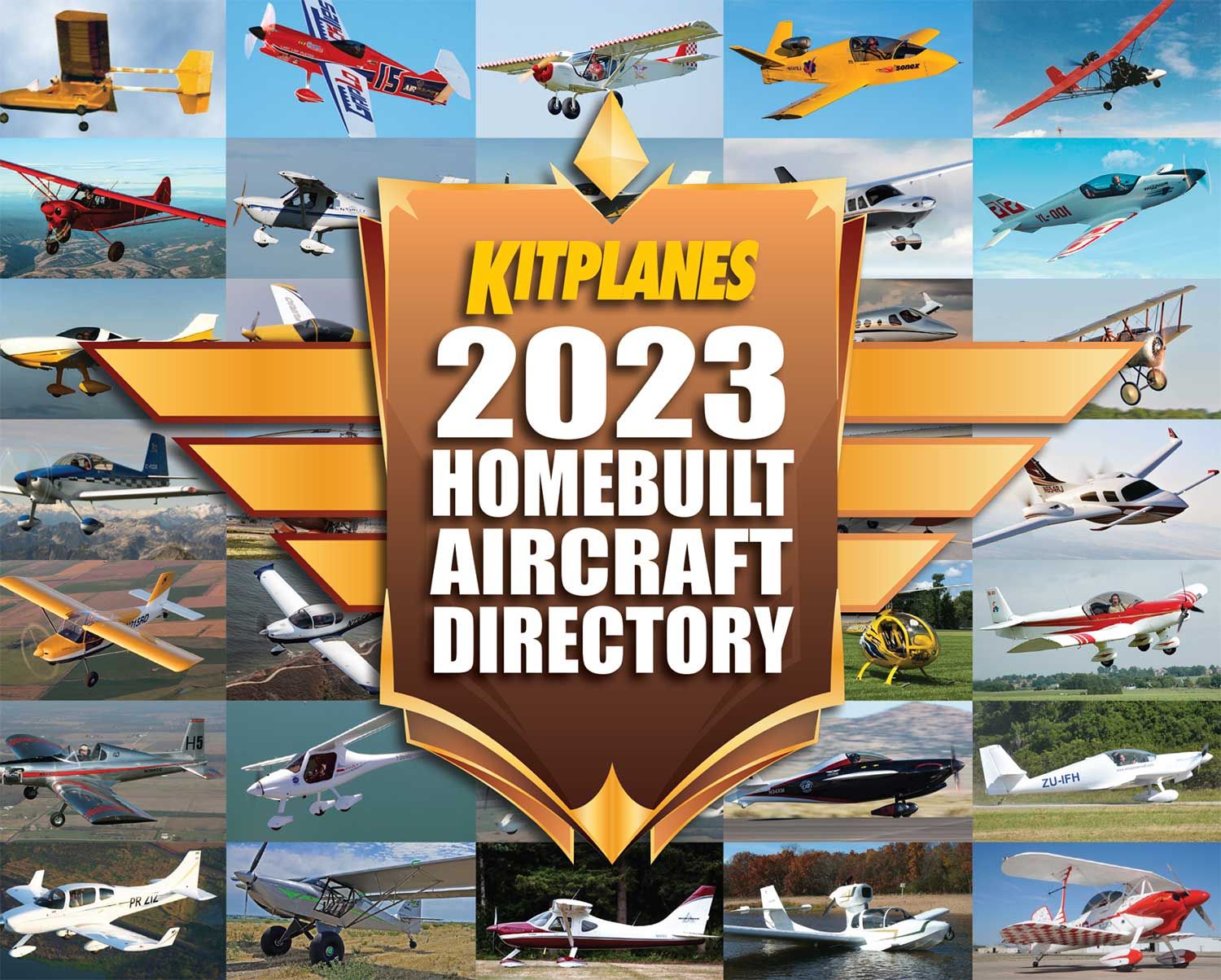 Welcome back to our annual extravaganza that is our directory of homebuilt aircraft. As with anything, our presentation of the kits and plans available today has evolved a bit. Continuing a change from last year, we show designs from current companies that are no longer available—the thinking is that there are likely to be used examples in the marketplace and you might like to know more about the design before really starting your research. (After all, a big purchase like a used homebuilt needs more research than seeing a single line in a magazine, right?) Those designs are marked in red alongside the company’s current offerings. As before, companies that are wholly out of business no longer appear in the print version.
Welcome back to our annual extravaganza that is our directory of homebuilt aircraft. As with anything, our presentation of the kits and plans available today has evolved a bit. Continuing a change from last year, we show designs from current companies that are no longer available—the thinking is that there are likely to be used examples in the marketplace and you might like to know more about the design before really starting your research. (After all, a big purchase like a used homebuilt needs more research than seeing a single line in a magazine, right?) Those designs are marked in red alongside the company’s current offerings. As before, companies that are wholly out of business no longer appear in the print version.
How do we create this database? Well, it’s far more than just scanning a few websites. We attempt to make actual contact with each company, either via email or on the phone. (Yes, we can be very old-fashioned.) Some companies simply can’t be bothered to respond so we use our best judgment on whether they are viable and the kits or plans they offer truly available. As happens every year, we’re sure to hear from a company or two after the fact with a Monty Python-esque “not dead yet” complaint, and we’ll update both our online database and you as soon as we have that information.
For those companies that do respond, we seek out the latest information in pricing, availability, number of aircraft flying (often a suspect number, but we ask anyway) and any other changes from the previous year. Sometimes there are company name changes, sometimes airplane name changes, sometimes both. Not all of this updated data is seen on these pages, but all of it is in our database and on our website. More later.
Speaking of numbers, all of the data presented here comes from the companies, and we ask them to review what we have and to update us with the latest information. In many cases, what we have is more current than you’ll find on the company’s website—explaining some apparent discrepancies—but we can’t independently verify things like performance or actual empty weights until we’ve flown the airplanes ourselves, so it’s definitely worth cross-referencing our flight reviews for a better look at any design you’re considering. Finally, take the stated “estimated completion costs” with a full shaker of salt. You’re often better off canvassing actual builders for real-world numbers than to rely on some of these estimates. Budget up and you will be less surprised.
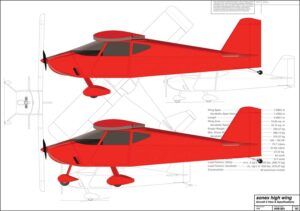
Several designs and a few companies seen in last year’s guide are no longer here. The Aerochia LT-1 is no longer available, nor is the Aeromarine-LSA Electrolite, all seven of the Alisport Silent designs, all six Belite designs, the CarbonCub SS, the Sherpa K650T, the Sonex Waiex High Wing (which has been in development, but will give way to the Sonex High Wing, still in development), St. Croix Aircraft’s three models (two Pietenpols and a Sopwith Triplane) and all three of Stewart Aircraft Company’s designs.
Some companies have refined their lineups. For example, a few of the Comp Air models are no longer available as the company slims down its offerings to the Comp Air 9 and the in-development Comp Air 6.2, while Murphy is discontinuing the Maverick, Renegade Spirit and Yukon to focus on more of its core designs. Velocity has slimmed its naming, which is why you’ll see the line is “down to” the Velocity SE, Velocity V-Twin and the Velocity XL; as ever, there are lots of options inside the Velocity lineup, but they’re not calling them different models this year.
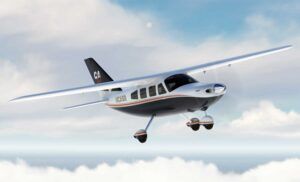
This year, 14 aircraft are in the guide with the status of “in development.” This can mean several things, from a statement by the manufacturer that it’s developing a given design through to early flight test all the way to a stage where the airplane is nearly “done” but kits or plans are still in the future. Among these in-development aircraft is the two-seat version of the Bede BD-17L called the BD-18 (though, admittedly, it’s been in development for quite some time). Also in development is the six-place Comp Air 6.2, using a Lycoming IO-580 to haul its beefy cabin around; the airplane is due to fly sometime in late 2022 or early 2023, according to the company. We also have Custom Flight’s North Star 6 Galaxie, a 4000-pound, radial-engined utility airplane. The Europa Elite, an all-new and very sleek two-seater with a European flair, also continues in development.
Two Sonex designs are marked as in development—the two-seat JSX-2T jet and the aforementioned Sonex High Wing. (The company has decided not to pursue the Waiex High Wing variant.) Sonex’s two-seat jet is much further along, with a fuselage shown at AirVenture this year. Joining the in-development list is the Tarragon tandem two-seater, a sleek retract powered by a range of Rotax engines.
The Stratos 716X jet is also in development and will be offered initially only in a builder-assist program; the design is supposedly going to be certified. Veloce’s three airplanes are in this year’s guide, of course, but the 600 should be understood as in development. And, of course, there’s the Van’s RV-15, which made a splash in Oshkosh this year. You’ll note that we have no reported data on the airplane in terms of performance or price. The company is still working on it, with first kits expected sometime between summer of 2023 and spring of 2024.
As ever, the data in this guide can be found in a fuller form online. Access to this part of the site is free for a limited time—but is available year-round to subscribers. There you can see much more data and even compare designs side by side.


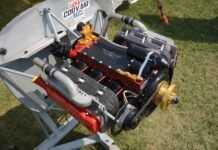
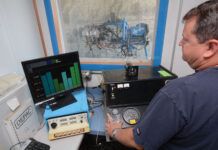
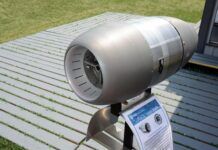
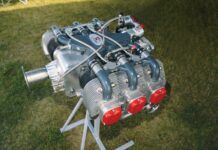
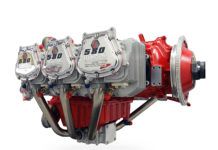
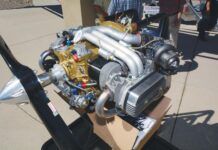
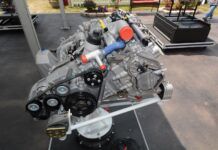
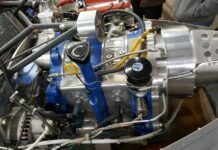
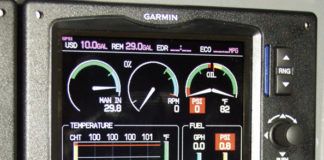
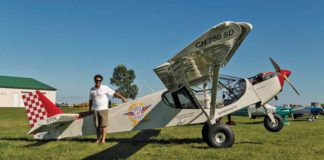
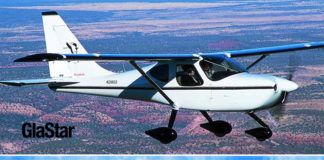

Excellent Homebuilt Aircraft Directory guide but, can we have an option to view in, knots, nautical miles and kilograms.
It’s a little confusing for us Aussies…
Cheers.